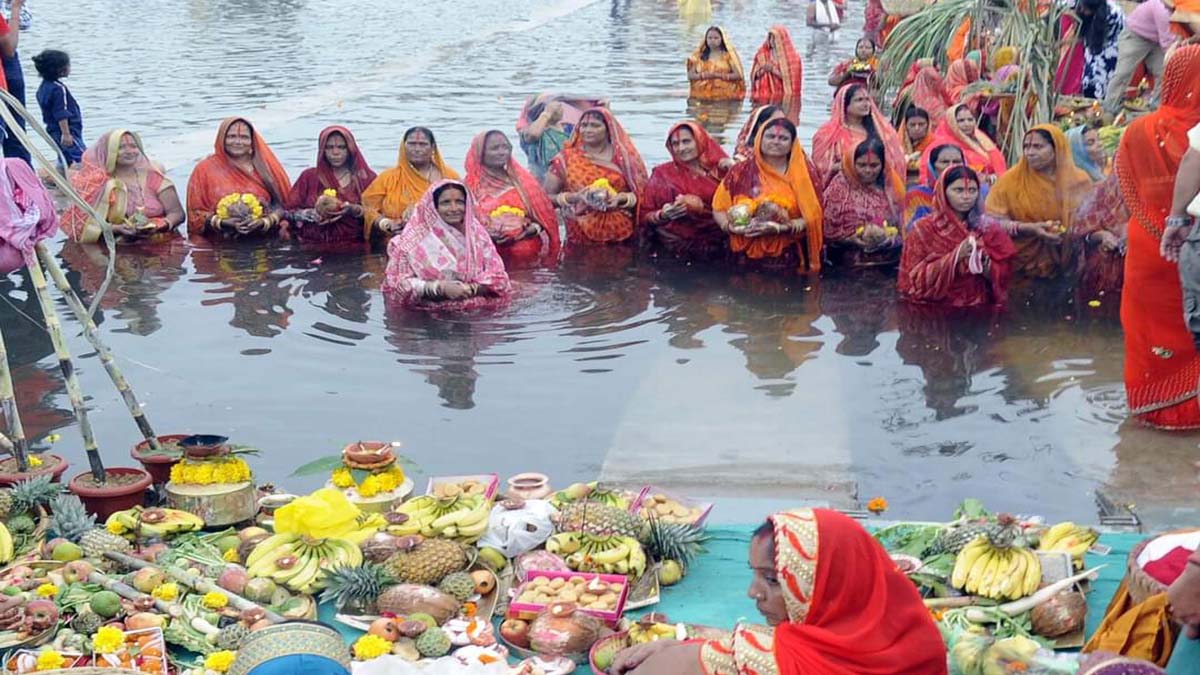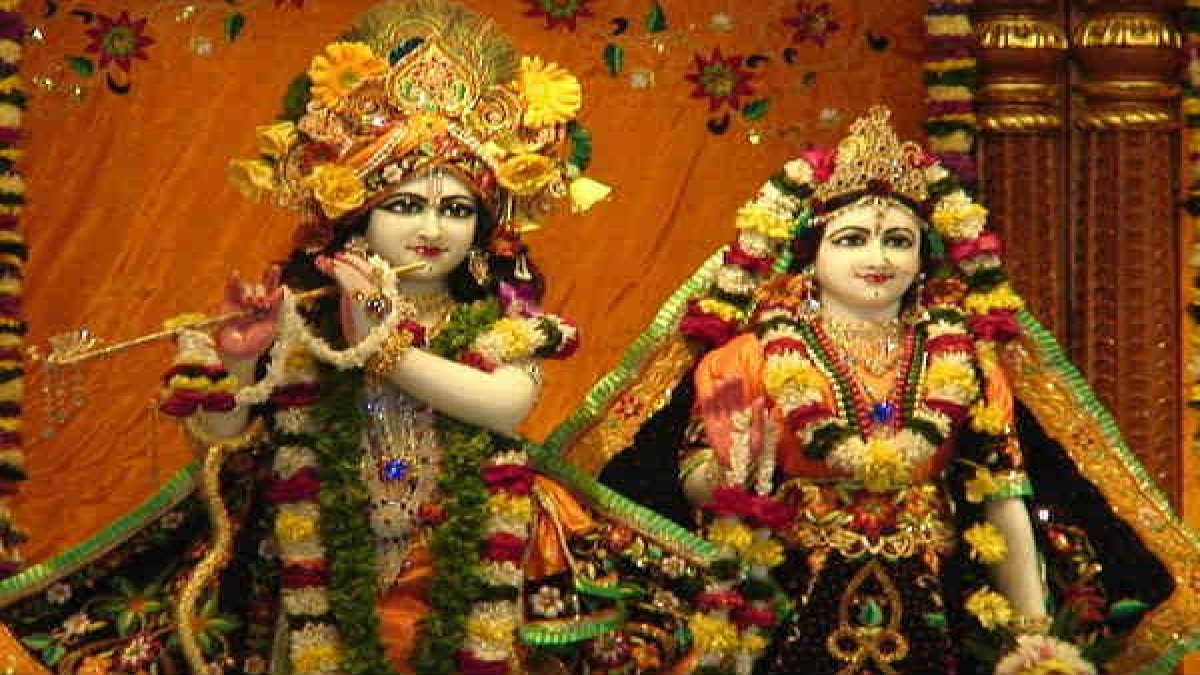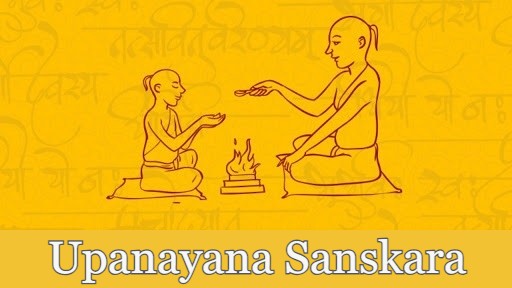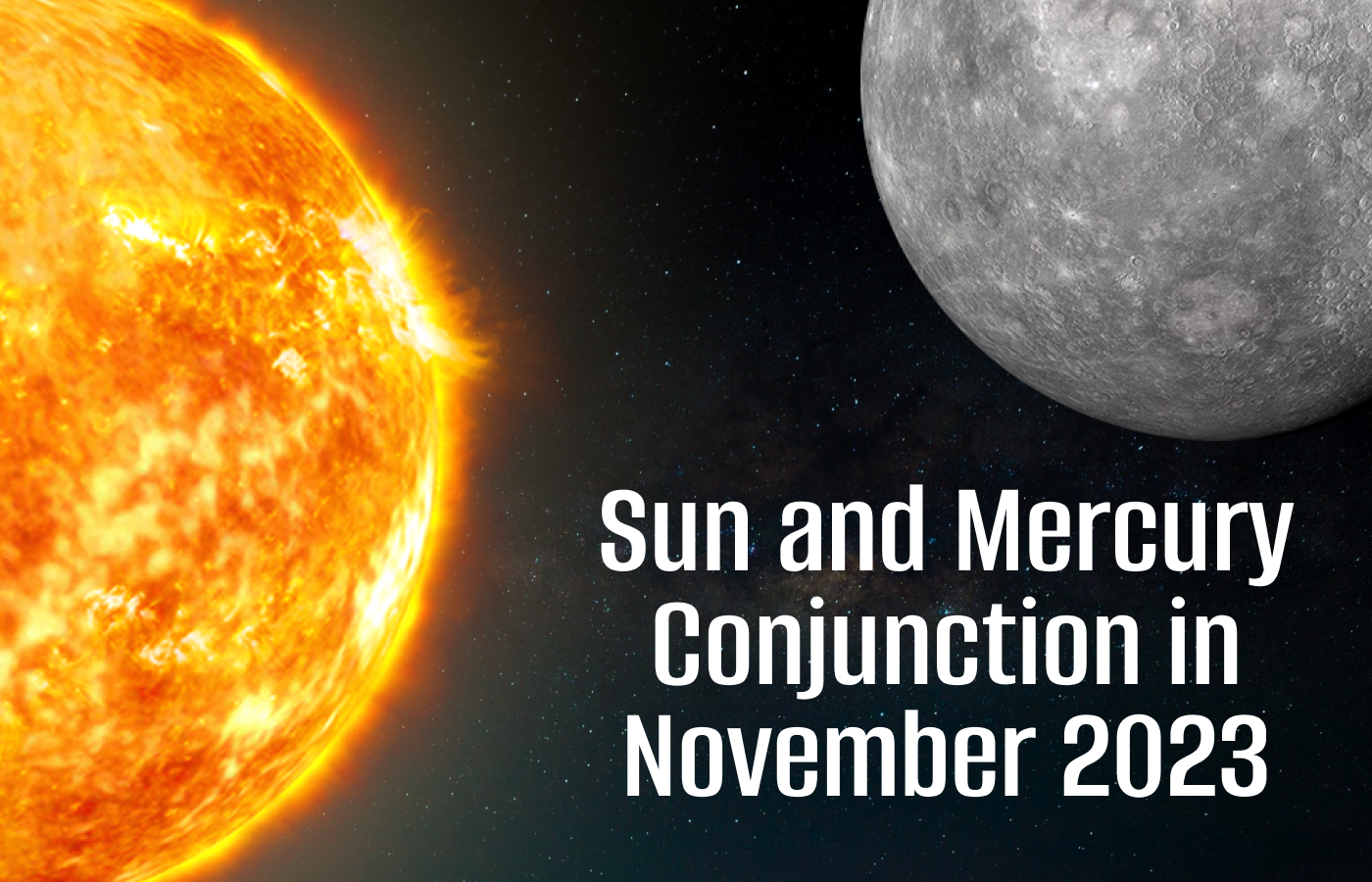Chhat Puja 2023: Significance, Puja Vidhi and Tithi

Kartika Mah is the most auspicious month in Hinduism. There are so many important and auspicious days and events that fall in this month. From Narak Chaturdashi, Deepawali (the most important Hindu festival), Kali Puja, Goverdhan Puja, and Bhai Dooj, to Chhat Puja, the festivals come one after another. Chhat Puja is a prominent Sanatan Hindu festival dedicated to Surya Dev (the Sun God), his sister (Shasthi), and his two wives (Usha and Pratyusha). The festival is majorly celebrated in the states of Bihar and eastern Uttar Pradesh and has now spread to almost all parts of the country.
It is also known as Pratihar Shasthi, Dala Chhath, Chhathi, and Surya Shasthi.
In 2023, the dates for the Chhath Puja will be from November 17 to November 20. Let us tell you more about it.
Chhat Puja 2023: Tithi and Date
Chhath Puja 2023 dates are as follows:
- Day 1, Friday, Nahay Khay: November 17th, 2023
Sunrise Timings: 06:45 AM and Sunset Timings: 05:27 PM
- Day 2, Saturday, Lohanda and Kharna: November 18th, 2023
Sunrise Timings: 06:46 AM and Sunset Timings: 05:26 PM
- Day 3, Sunday, Sandhya Arghya: November 19th, 2023
Sunrise Timings: 06:46 AM and Sunset Timings: 05:26 PM
- Day 4, Monday, Usha Arghya: November 20th, 2023
Sunrise Timings: 06:47 AM and Sunset Timings: 05:26 PM
Chhath Puja timings may vary based on regional locations and the time of sunrise and sunset. Nevertheless, the core rituals are typically observed during sunrise and sunset. To know about the specific timings at your place, you can chat with expert astrologers and pundits. Not only will they tell you about the time, but about Puja Vidhi in detail as well.
Let us tell you about the rituals of each day and also about the proper observance of each of the four days of this auspicious festival.
Day 1: Nahay Khay
The first day of Chhath is Nahay Khay. On this day, devotees do snan, particularly in the waters of the Maa Ganga. Women adhering to the Chhath rituals consume only one meal during Nahay Khay. As a commencement to Chhath Puja, individuals sprinkle Gangajal into the food that will be prepared. This ritual is done to ensure that the food is blessed and pure.
Day 2: Lohanda and Kharna
On the second day, devotees wake up early, take a bath, and offer prayers. The second day of Chhath is Kharna, during which devotees observe a waterless fast from sunrise to sunset. The fast concludes just after sunset with the preparation of food offerings to the Sun God. During this day, individuals who have observed the fast prepare and offer Rasiao Kheer (rice boiled with milk, made of jaggery), Roti (chappati), banana, and white radish to the goddess. Subsequently, they partake in the consumption of these offerings. On the third day, fasting commences after taking in Prasad on the second day.
Day 3: Sandhya Arghya
The third main day of Chhath Puja involves a full-day fast without water. The primary ritual of the day is offering Arghya to the setting Sun, a unique occurrence during this festival. The fasting continues throughout the night, and Parana is performed the following day after sunrise.
Supli, made of bamboo (many people nowadays have started using brass supli), is used to hold all the essential items for the puja. Additionally, within the Daura and Supli, a variety of homemade items like Thekua and Puri are arranged, accompanied by Chhath Puja fruits such as apples, bananas, Pani Faal Singhara (water chestnut), white radish, and whatever a devotee can offer. Sugarcane, grapefruits, etc. are also added.
Following the completion of the evening Sandhya Arghya ritual on the same day, devotees return home from the Chhath Ghat to start the preparations for Kosi, also known as Kosi Bharna. This beautiful evening includes the binding of five or more sugarcane sticks with yellow cloth. Below this arrangement, numerous diyas are kindled, creating a warm and serene look. Family members unite, sitting together to sing devotional songs. The next morning, the adorned Kosi is taken to the ghat.
Day 4: Usha Arghya or Bihaniya Arghya
The fourth and final day of Chhath involves offering Arghya to the rising Sun, known as Usha Arghya. The 36-hour fast concludes after presenting Arghya to the Sun. On the concluding day of Chhath Puja, devotees gather at the nearby river early in the morning. With anticipation, they await the sunrise to present Arghya to the Bhagwan Surya. Following the completion of all rituals, individuals kneel before the Chhath Puja deities, Surya Dev and Chhathi Maiya, seeking blessings and forgiveness. Then, everyone returns home, and those who observed the fast conclude their fasting by partaking in Prasad.
Significance of Chhat Puja
Chhath Puja honours the Sun or Surya, the source of life on Earth. The Sun, a father figure in astrology, influences diverse aspects of human life, from health, vitality, and success to overall prosperity. By performing Sun worship during this festival, devotees seek blessings from the Sun god for good, happy, successful, and disease-free lives.
The timing of Chhath Puja rituals holds astrological significance as well. Conducting the main ceremonies during sunrise and sunset is deemed highly auspicious. The Sun’s rising and setting symbolise the cycle of life, and by offering prayers during these periods, devotees aim to connect with the divine energy of the Sun.
Additionally, the extended fasting during Chhath Puja, which is unique to it, is also meaningful. Fasting is viewed as a purifying practice for both the body and the soul, signifying self-discipline and devotion. So, fasting during the puja can pacify malefic planetary influences, ushering positive changes in their lives.
Immersing oneself in the sacred waters of the holy river during Chhath Puja is believed to purify the mind, body, and soul, serving as a means to dispel negative energies.
Devotees aspiring for children may observe a fast and diligently follow the rituals, including a pilgrimage to the Ghat. These devoted individuals engage in a special practice known as “Dandwat Pranam” or “Dand Khinchna” during their journey to the Ghat. This involves a ritual where they lie down, rise back up, and repeat the process until they reach their destination.
Frequently Asked Questions
Q: What is the most special item prepared for Chhath Puja?
A: The most special item prepared during Chhath Puja is thekua, made of wheat flour, dry coconut, sugar or jaggery, and ghee.
Q: How many times is Chhath Puja celebrated in a year?
A: Chhath Puja, is observed twice a year. The one that occurs during the Chaitra month (March–April) is called Chaiti Chhath Puja. However, the principal and widely celebrated Chhath Puja takes place in the Kartik month (October–November).









